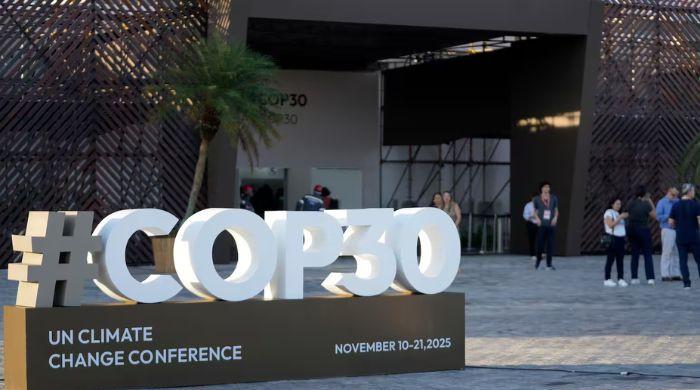The Brazilian presidency of the COP30 climate summit has revealed the first draft of a crucial resolution text.
Dubbed the “Mutirão” decision, the draft outlines entirely different options for the key issues that have dominated negotiations in the humid Amazonian city: transitioning away from fossil fuels, providing climate finance and dealing with trade disputes.
On the critical issue of fossil fuels, the text reveals a deep divide.
One option encourages countries to develop “fair, orderly and equitable transition roadmaps” but stops short of endorsing a global phase-out plan supported by over 80 nations.
A weaker alternative simply invites countries to share “success stories” in moving towards low-emission solutions. Tina Stege, climate envoy for the Marshall Islands, called the current language “weak” and insisted it “must be strengthened.”
The economic negotiations are just as divisive.
The draft includes a proposal to triple adaptation finance for developing countries to $120 billion a year by 2030, a key demand from vulnerable countries.
However, developed countries are pushing back with alternative options that only recognize the need to “dramatically scale up” funding without binding targets.
In a historic first for a UN climate text, trade also features prominently, reflecting backlash by China and India against carbon border taxes.
The proposals range from establishing new dialogues to an annual UN summit on trade and climate.
As ministers arrive for the final high-level talks, the choices are clear. “Countries can get behind the stronger elements … or move in a weaker direction and dilute what they get away with from Belém,” said David Waskow of the World Resources Institute.
The success of the entire “Belém political package” now depends on bridging these deep gaps before the conference ends.



